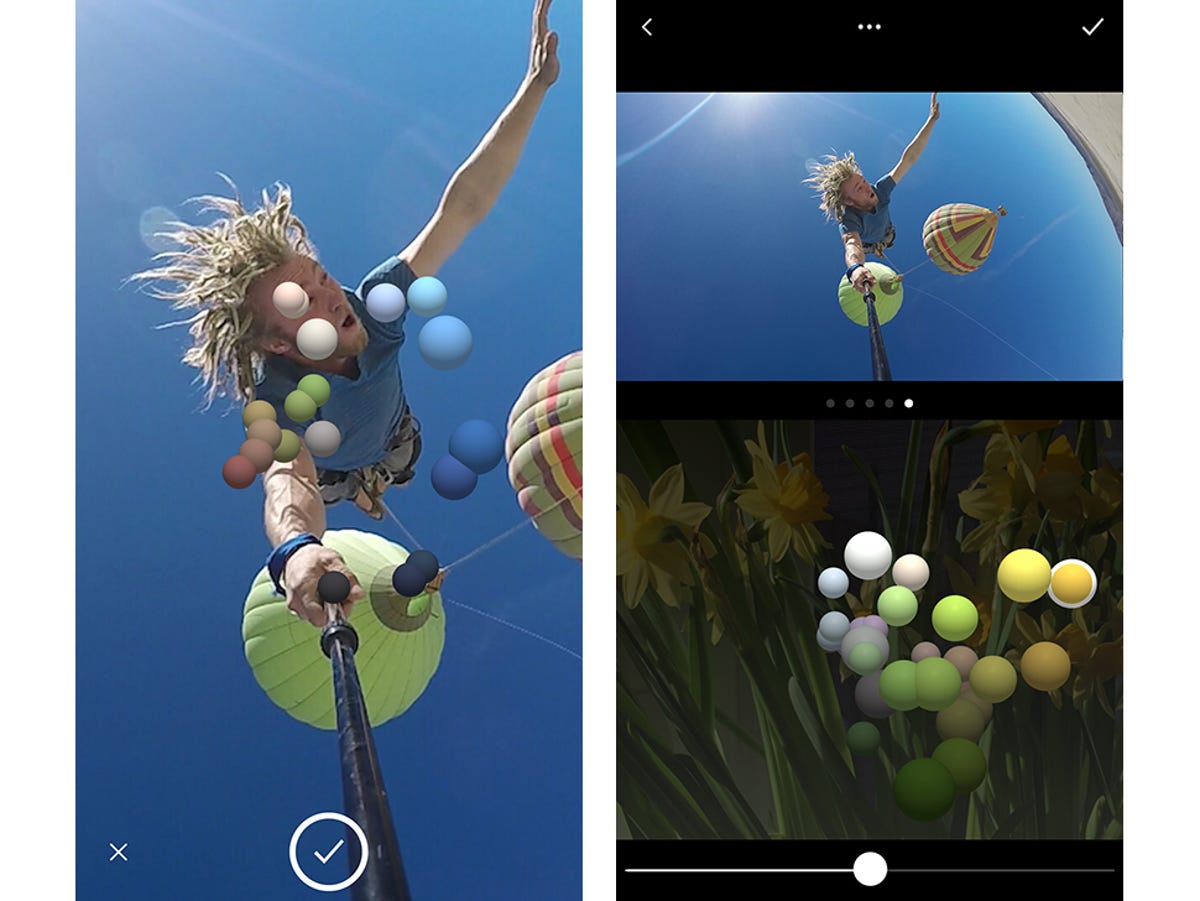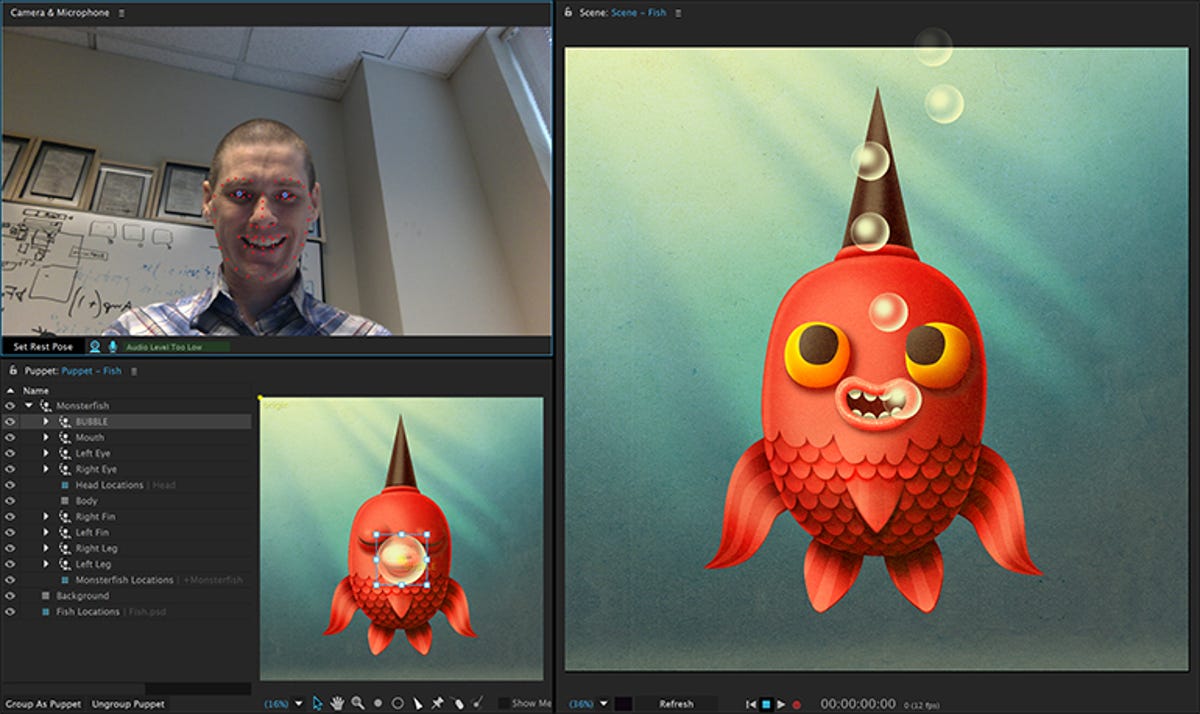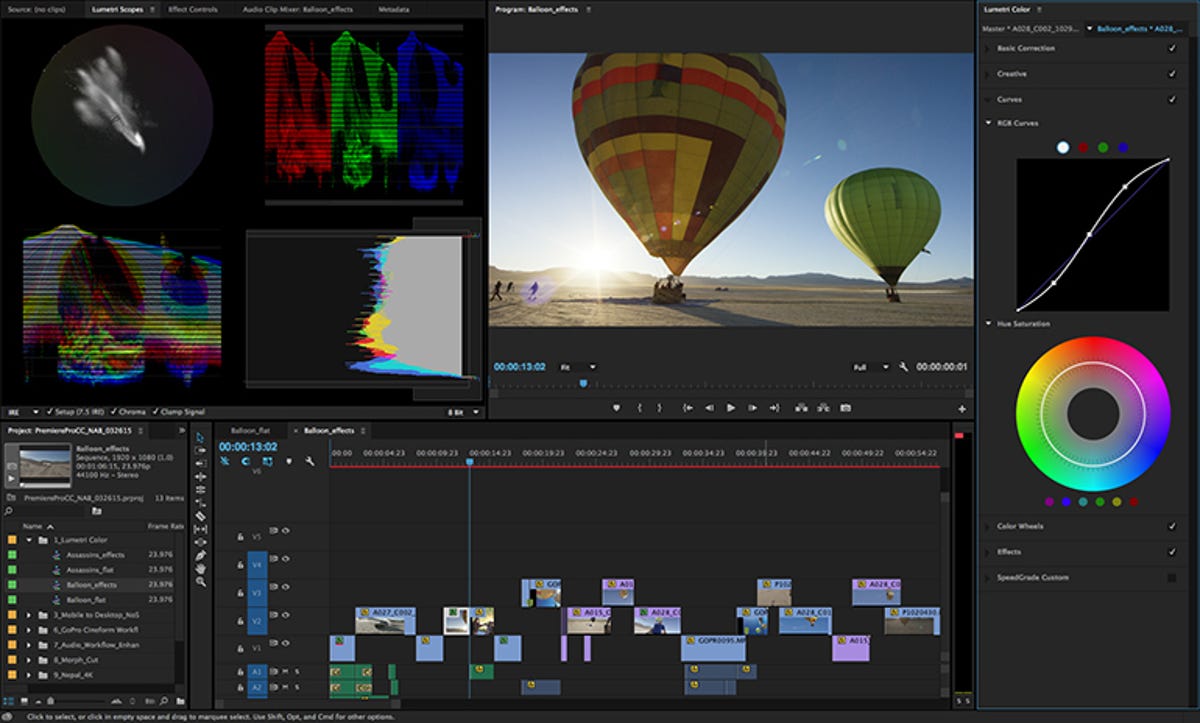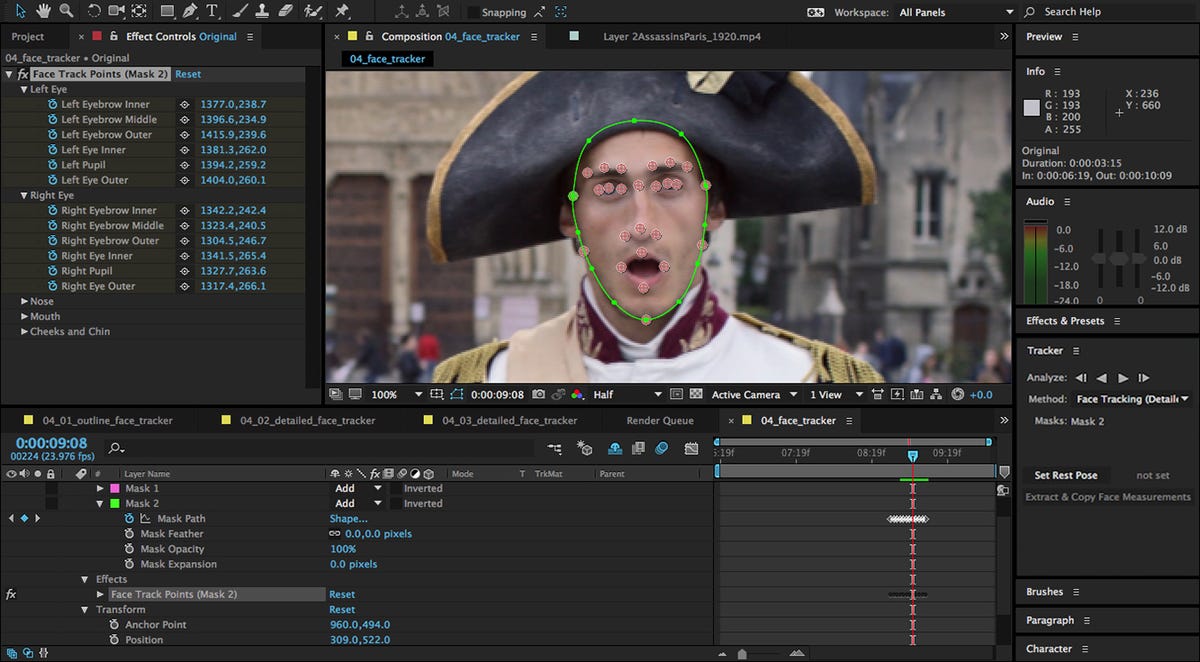
Adobe
In its annual NAB pilgrimage, Adobe once again lays out it slate of forthcoming updates to its Creative Cloud-based video tools. This year it includes some really cool — and potentially really useful — updates to Premiere and After Effects, a new augmented-reality iOS
app, a preview release of the animation tool it sneak-peeked at the last Adobe Max conference and more.
Adobe shows off slick new features for its Creative Cloud video applications (pictures)






The two most whizzy new products to debut are Project Candy and Character Animator. Project Candy (not the final name) uses AR to capture palettes on your iPhone
from real life or from stills, lets you tweak with parameters like color and saturation, and save them for use in Premiere and After Effects. There, you can apply them to video while color grading.
Character Animator does exactly what the name implies. It takes your character illustrations and incorporates inverse kinematics — the logic that makes an arm follow a hand when it’s raised, for example — and other real-world physics to them. That’s not a particularly new thing. But Adobe’s software applies its new face-tracking algorithms (explained in more detail for After Effects) to map a character’s face to yours via webcam to create more realistic facial movements and to sync with speech. You can create and share sets of behaviors, and it supports multiple timeline tracks.


Adobe
The existing desktop applications receive some important enhancements as well. Most notably, both Premiere and After Effects finally get support for the CC Libraries that rolled out for the design applications last Fall. If you’ve been immersed with just video stuff and don’t know what those are, Libraries let you sync non-physical assets — styles, palettes, brushes and shapes created with the single-function apps and so on — across Creative Cloud applications and installations. That’s an important new feature. They also both get touch support.
Another couple of please-thank-you-it’s-about-time features for Premiere are Morph Cut and Time Tuner. Morph Cut automatically interpolates frames between spliced-together talking-head clips, using the Face Tracker tech, to make it less obvious that you’ve deleted all the hemming, hawing and hand-waving. Time Tuner, which is also available within Media Encoder, will automatically stretch or shrink duration (within reason) with supposedly no artifacts.


Adobe
My complaint about Premiere’s integration with Premiere Clip — that you lost all the edits except for the basic clip sequence with transitions and background track — gets rectified with this update. Adobe has also created a new workspace optimized for color grading, which includes scope output, SpeedGrade, a Lumetri Color panel and a new Lightroom-like adjustments panel.
Added codecs include Apple ProRes 4444 XQ, Avid DNxHR with compressed alpha, Canon XF-AVC, MXF-wrapped JPEG 2000 and Panasonic 4K_HS. HEVC? They’re working on it.
After Effects receives another two biggies. Face Tracker is an automated way to generate facial masks and control points with varying levels of precision for applying effects without futzing with invidividual keyframes; it also provides facial measurements. You can export the Face Tracker data for use with Character Animator. Plus, the application gets a speed boost: you’ll be able to make changes in real time as the video plays, a feature dubbed “Uninterrupted Preview.” And Adobe Prelude, the company’s transcoding application, will now offer a track to record quick-and-dirty voiceovers.

 Enlarge Image
Enlarge ImageAdobe
Finally, Adobe added another option for collaboration in its Adobe Anywhere subscriptions. In addition to the multilocation version, there’s a new single-location version, for use when all members are connected to the same network. The latter lacks the Mercury Streaming Engine.
There’s more; there are always small tweaks and additions during these update cycles. But those are the highlights — and pretty useful ones, at that.




